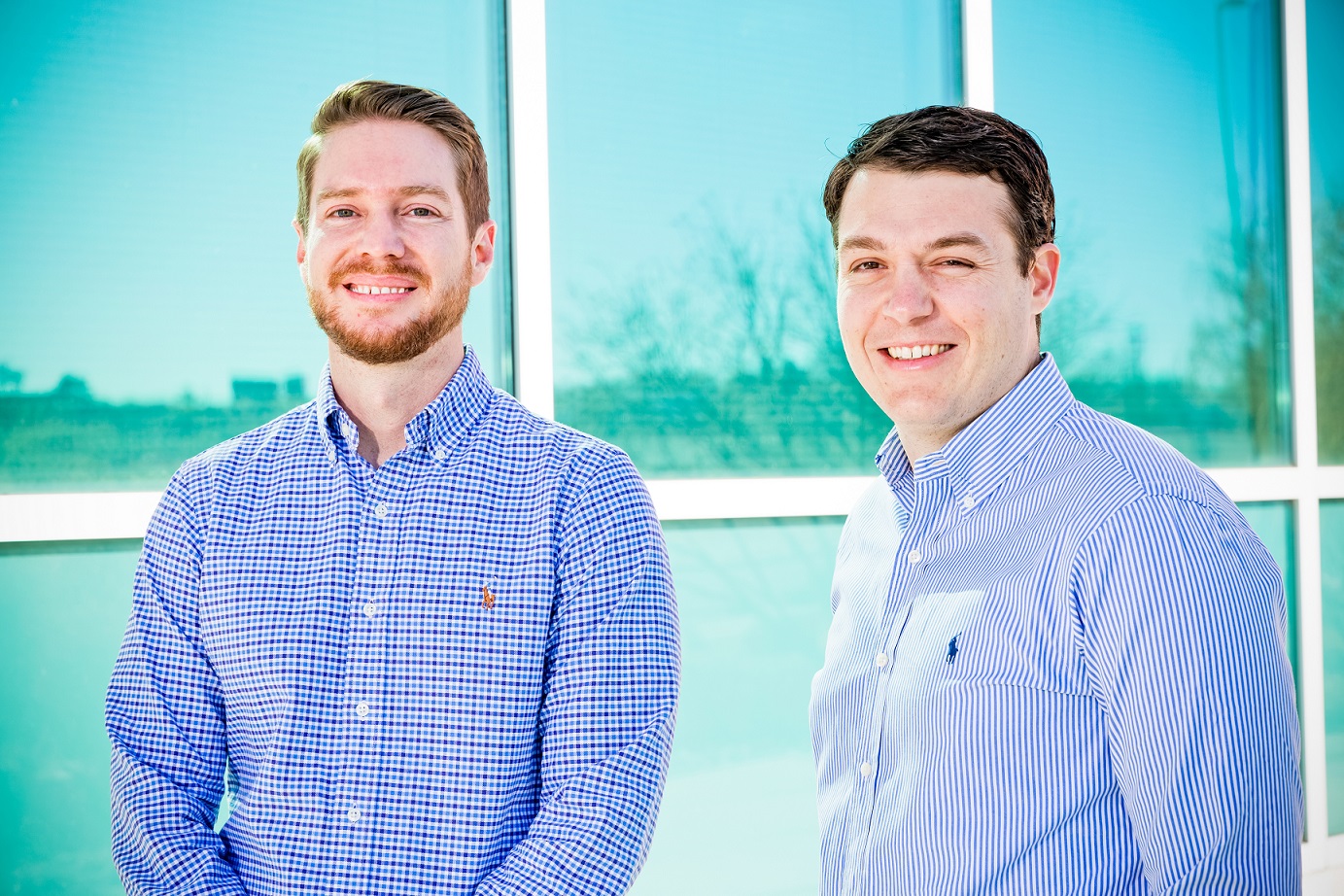By demonstrating the benefits of investing in multi-family real estate, these entrepreneurs have raised a private equity fund.
In 2015, investors Samuel Kunzman and Cory Sutphin saw an opportunity to buy and run multi-family properties with 10 to 60 units in third tier American cities. This type of property tends to be too big for individual investors but too small for developers, making it attractive to new investment. So, Kunzman and Sutphin set up private equity firm Edge Capital, LLC and bought their first multi-family rental property in their home city of Albuquerque, New Mexico.
The business soon became so lucrative that Kunzman and Sutphin started syndicating deals to their families and friends. Their investments consistently outperformed their internal rates of returns, enabling them to do deal-by-deal investing.
Kunzman and Sutphin, who both had day jobs, knew that investing this way would not create enough income to allow them to quit their day jobs and focus on being principals of Edge Capital.
Their next step, they decided, should be to raise a private equity fund.
To do that, they needed mentors who could help them develop a business plan and introduce them to raise capital.
“The economics of our deals were really good, and we were wondering why,” says Kunzman, who was doing his Executive Master in Finance (EMFin) programme at INSEAD at the time. “We figured that if we could prove the superiority of our asset class, it would be very attractive to investors.”
It was around this time, in 2018, that Kunzman needed to work on his capstone project for the EMFin programme. As part of their final module, EMFin participants must do a project with real business impacts. Kunzman saw it as an opportunity to show the attractiveness of Edge Capital’s business model.
Establishing the asset class’s merit
Kunzman set three objectives for the project:
- Demonstrate multi-family real estate’s excellence as an asset class.
- Persuade his advisor, INSEAD Professor of Finance Pierre Hillion, to invest with Edge Capital on a deal-by-deal basis.
- Convince Professor Hillion to support Edge Capital in raising a fully fledged private equity fund.
With guidance from INSEAD professors, Kunzman set out to show multi-family real estate’s ability to generate strong returns and flesh out a business plan.
“Pierre said, ‘If the asset volatility is low and the returns are high, then this asset class can generate exceptional Sharpe ratios’,” says Kunzman. The Sharpe ratio is used to help investors understand the return of an investment compared to its risk.
When three of his friends in the programme, JP Monteclaro, Casey Mrocki, and Simi Ventura, learned about the project, they decided to join him, helping him gather data and build up ideas. They also had a wealth of banking, portfolio management, and entrepreneurship experience that the capstone could leverage.
“Cory and I had a great opportunity to work with some of the best and brightest in the world,” says Kunzman. “Their insights were very important to us.”
Although not part of the EMFin programme, Sutphin contributed to the project by finding deals in Albuquerque. “Where we are in the US, there’s not a lot of private equity, so learning from the [EMFin] faculty and students was a great opportunity for me.”

Raising a private equity fund
Ultimately, Kunzman and his project partners proved that multi-family real estate investment offers many arbitrage opportunities and has historically lower volatility than other asset classes. They also completed all the requirements for establishing a private equity fund, including the legal paperwork.
With this success, Kunzman and Sutphin turned the project into their private placement memorandum, a legal document they need to show potential investors when raising capital. Professor Hillion was impressed and wanted to invest with Edge Capital.
“That was the biggest seal of approval for us – an INSEAD professor wanting to invest his own money.”
Although Professor Hillion did not end up investing due to a timing issue, his approval convinced three of Kunzman’s classmates to invest in Edge Capital’s private equity fund. In the end, he and Sutphin raised US$666,500, exceeding their target of US$500,000.
“We didn’t have any problem raising money, and a lot of it was because of how well INSEAD received our fundraise initiative. People like our classmate, Aksel Kitowski, immediately jumped onboard and were real believers in what we were doing", says Kunzman.
Sutphin agrees. “It might have taken us longer to raise funds without the programme,” he says.
Scaling the business
With a proven model, an investor base and a structure in place, Kunzman and Sutphin can now continue to raise larger amounts of capital.
“The capstone project got us to a point where we can really scale.”
Having allocated the money they raised through the capstone project, they want to raise capital again. This time, they aim to collect US$2 million to help buy a multi-family property worth US$8 million to US$10 million. They expect to garner larger individual investments and plan to attract more backers from Singapore, where they have built contacts through the EMFin programme.
“At that point, we will really have a company, a real business,” says Kunzman. “We will have enough funds to hire staff and run a company.”
To learn more about the INSEAD EMFIn programme, download our brochure below.








